Bone Grafts Provide Sufficient Bone Support for a Dental Implant
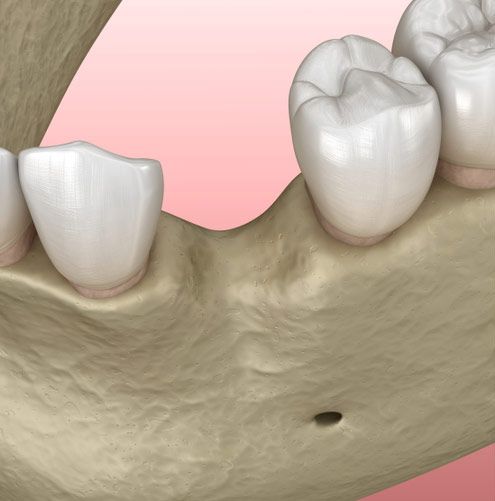
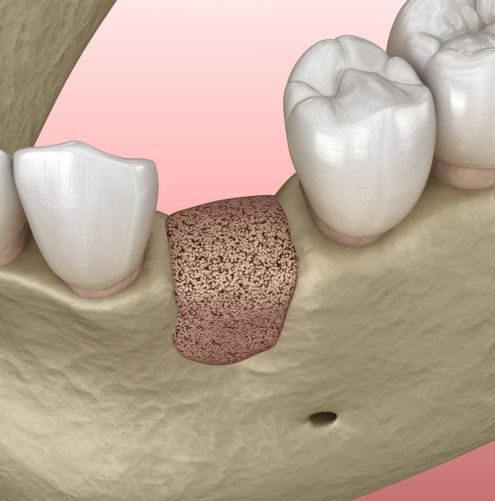
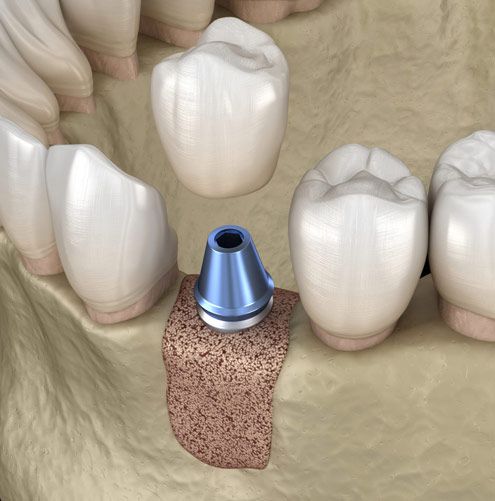
Did you know…
The majority of American adults over age 35 are missing, at least, one natural tooth. What’s more is that 1 in 4 seniors age 74 and older are missing all of their permanent teeth. Although dentures and bridges are a prosthetic option, they do not provide the same benefits available with dental implants. Implant dentistry prevents others from recognizing teeth as ‘false,’ and it also prevents the jawbone from disintegrating and any remaining natural teeth from shifting.
Sinus Lift Procedure
Creating an Access to the Sinus
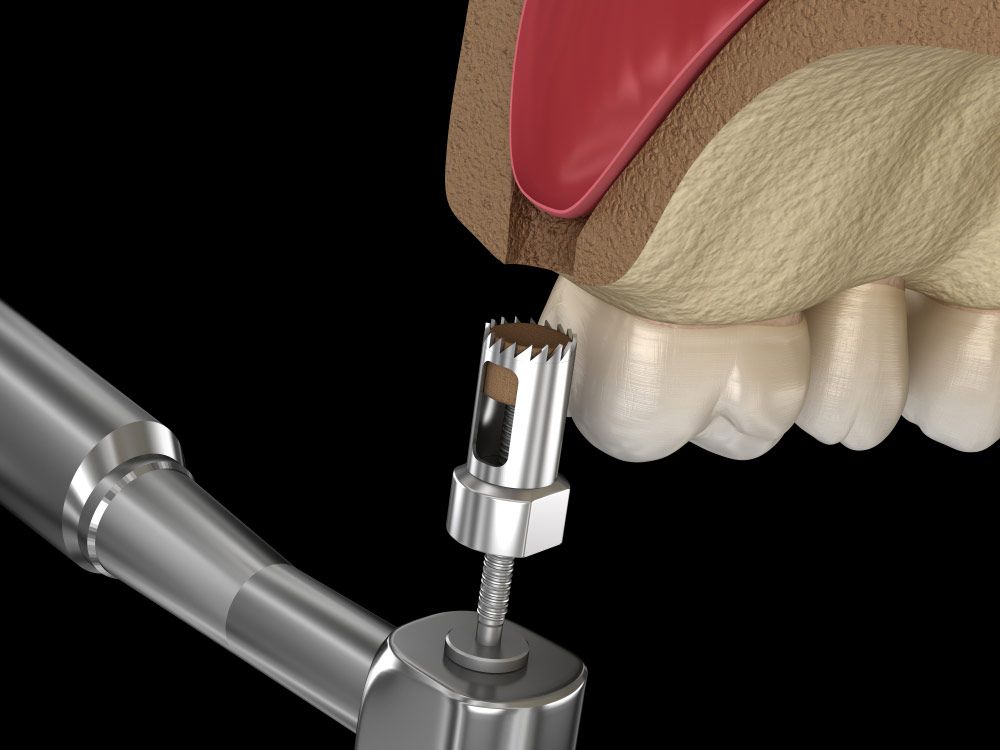
Lifting Sinus Membrane
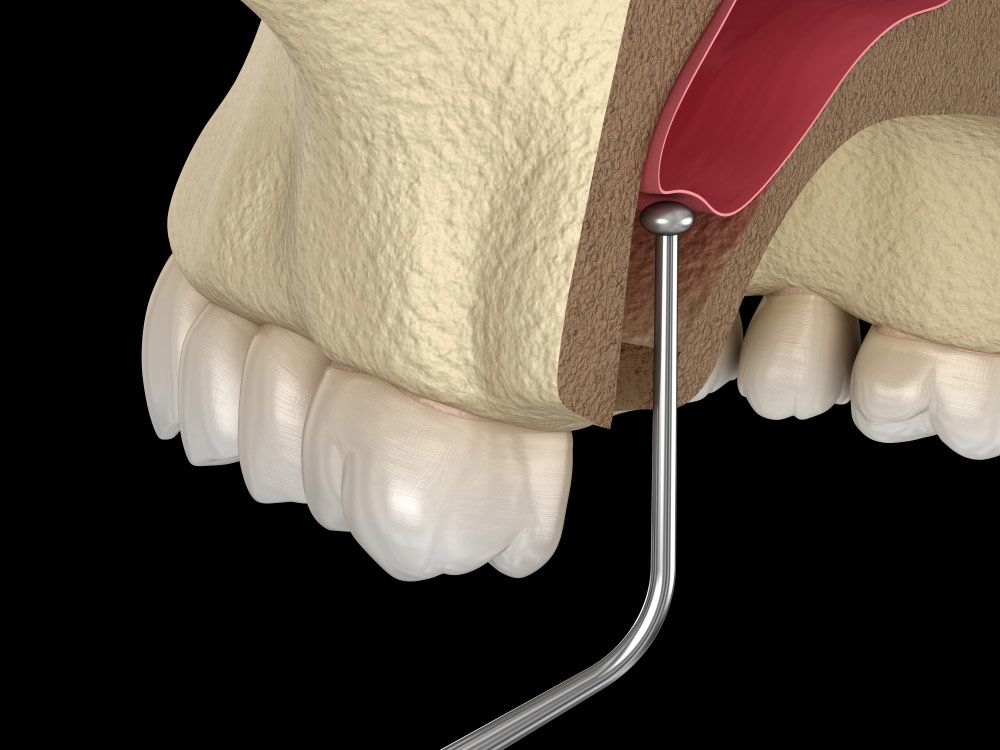
Adding New Bone
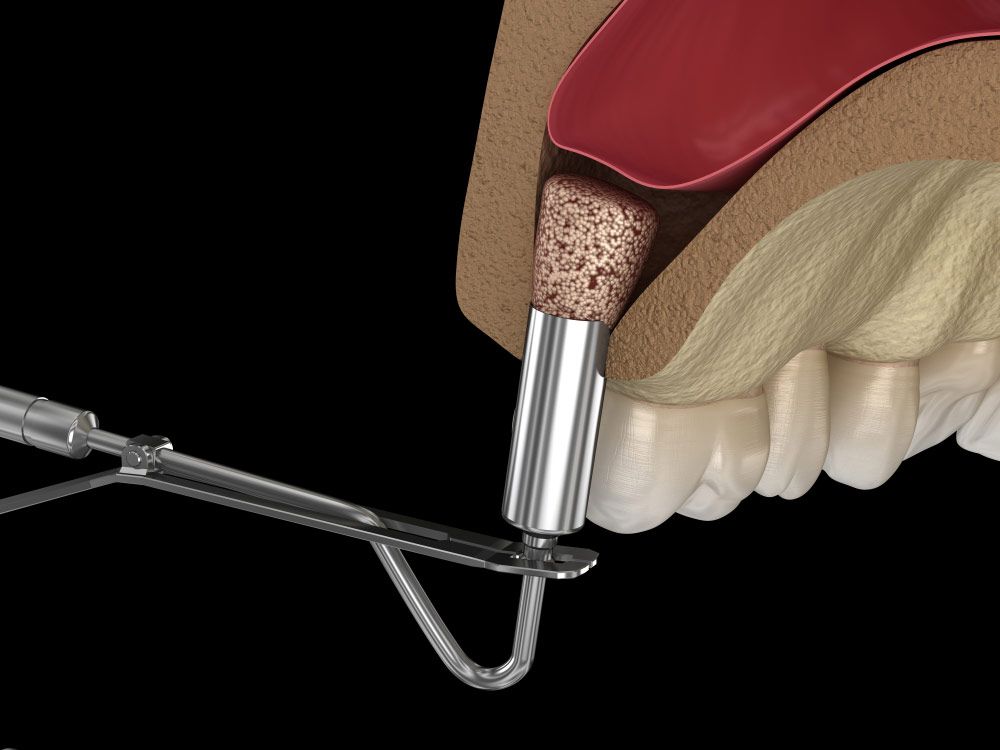
Dental Implant Installation
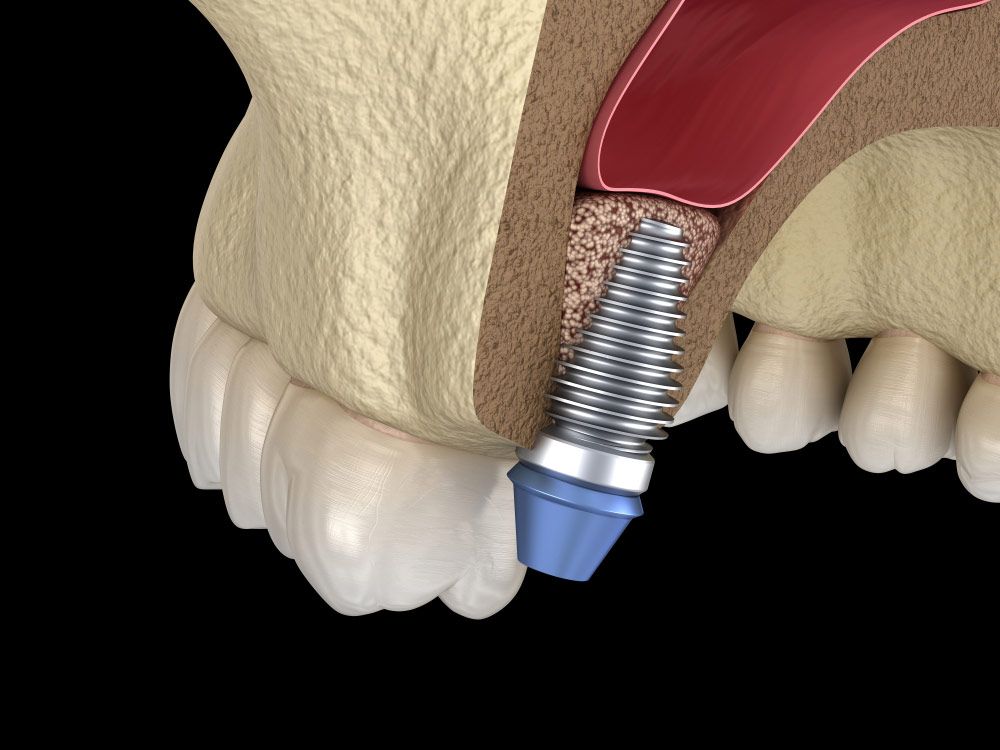
Frequently Asked Questions
Am I a candidate for dental implants?
You may be a candidate for dental implants if you are missing one or more teeth. You’ll need a complete surgical consultation with x-rays to determine whether you are in good health and have adequate bone structure to support dental implants. In some cases where the bone is not dense enough to support an implant, surgical bone grafting may make it possible to support one in the future. It is also important to ensure you do not have any existing health conditions, such as gum disease, that could cause complications with your implants.
Dental Implant Sufficiently placed after Bone Grafting Procedure
What should I expect during a dental implant procedure?
If your oral surgeon determines that dental implants are right for you, expect the procedure to require multiple visits over the course of several months. The first treatment visit is the one when implants will be surgically placed within your jawbone. You’ll be sedated and under anesthesia during the process to ensure your comfort. Once the implants are in place, an impression will be taken and used to form crowns or dentures that will be secured to implant abutments above the gum line. The implants will need to heal for a period of 6 to 9 months before you can return to have your final crowns or dentures placed.
What should I expect during the recovery period?
Dental implant placement is a surgical procedure that requires a period of recovery. During this time, it is common to experience some swelling and soreness, as well as bleeding and minor bruising near the surgical site. Your oral surgeon will recommend eating only soft foods during the first several days following implant surgery. It is also important to follow all instructions for post-surgical care, including cleaning the surgical site and using any medications as prescribed. Be sure to contact your surgeon if you experience any fever or discomfort that worsens after a few days.